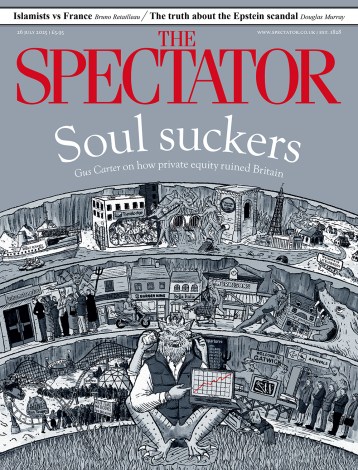Kim Philby’s library
Kim Philby was the only man in history to have been made both an Officer of the Order of the British Empire and a Hero of the Soviet Union. After his defection to Moscow in 1963, aged 51, he admitted missing some friends, some condiments (Colman’s mustard and Lea & Perrins Worcestershire sauce) and English cricket — though he continued avidly to follow the scores. He was also a keen reader, though access to books in English through the British Council and USIS libraries in Moscow was denied him. Instead — and unusually — he was able to order books through the post and to pay for them with American







